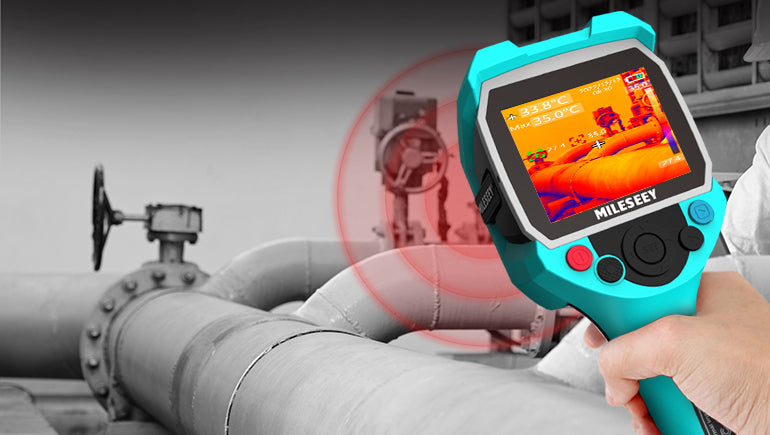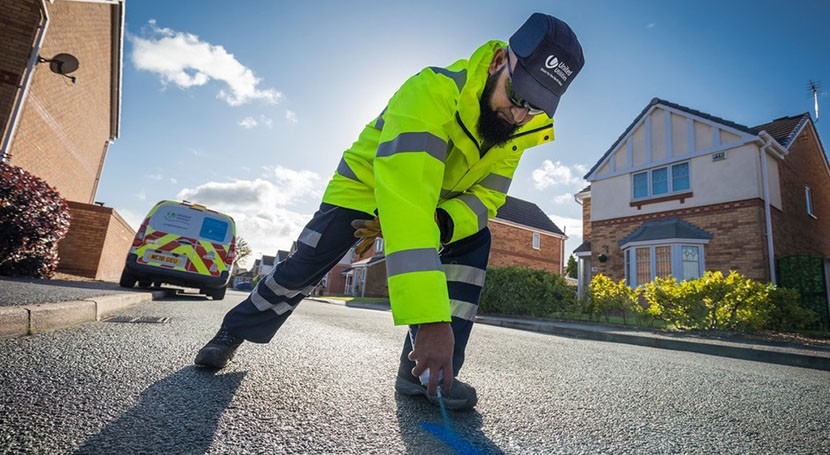Professional Water Leak Detection Services: Safeguard Your Home from Expensive Damages
Professional Water Leak Detection Services: Safeguard Your Home from Expensive Damages
Blog Article
Ingenious Solutions for Early Detection of Water Leaks in Buildings and Infrastructure
From innovative leak detection technologies to the implementation of IoT sensors for real-time tracking, the landscape of leak avoidance is advancing quickly. Automated water flow analysis systems are improving just how leakages are recognized and attended to, paving the method for an aggressive method to water leak detection.
Advanced Leak Discovery Technologies
Advanced leakage detection modern technologies, outfitted with cutting-edge sensing units and formulas, play an essential role in swiftly recognizing and pinpointing water leaks in different settings. These technologies use a mix of acoustic, thermal, and electro-magnetic noticing approaches to detect leakages precisely. Acoustic sensors spot the sound of escaping water, permitting precise localization of the leakage source. Thermal imaging spots temperature level modifications triggered by water leak, providing one more reliable technique for leak recognition. Electro-magnetic sensors can determine changes in electro-magnetic areas caused by water, offering yet another layer of leakage detection capability.

IoT Sensors for Real-Time Tracking
In the realm of modern-day water leakage discovery, the integration of IoT sensors for real-time tracking stands for a crucial development in boosting proactive leak detection abilities. These sensors offer continuous tracking of water systems, supplying real-time information on water circulation prices, stress variants, and temperature level changes. By leveraging IoT innovation, these sensing units can identify also the tiniest abnormalities in water use patterns, making it possible for very early identification of possible leaks before they escalate right into significant concerns.
IoT sensing units send information to a central system, where innovative formulas examine the info and produce informs or notices when abnormalities are detected. This real-time tracking ability enables homeowner or center supervisors to immediately attend to leakages, lessening water damage, decreasing repair costs, and conserving water sources.
In addition, IoT sensing units can be integrated with structure monitoring systems, enabling computerized feedbacks to identified leaks, such as shutting off water valves or activating pumps to minimize the effect of leakages. In general, the implementation of IoT sensing units for real-time tracking dramatically boosts the performance and performance of water leak detection in structures and infrastructure.
Equipment Learning Algorithms for Leakage Prediction

One secret advantage of using artificial intelligence for leak forecast is its capability to constantly learn and enhance its precision over time. As even more information is collected and fed right into the algorithm, it can refine its forecasts and adapt to transforming problems, inevitably increasing the integrity of leak discovery systems.
In addition, artificial intelligence formulas can help in identifying subtle indicators of leaks that might go undetected by typical tracking approaches. water leak detection. By analyzing intricate data collections in real-time, these algorithms can supply early warnings and informs, enabling for punctual treatment and preventive upkeep to reduce prospective water damages and associated costs
Using Thermal Imaging for Leakage Detection
Thermal imaging modern technology provides a promising approach for identifying official site water leakages in numerous systems and facilities. By using infrared radiation and temperature level differences, thermal imaging electronic cameras can recognize hidden leaks that are not conveniently noticeable to the naked eye. When water leaves from pipelines or frameworks, it frequently transforms the temperature of the surrounding area, producing temperature level differentials that thermal cams can catch. These temperature level irregularities are then converted right into visible pictures, highlighting the precise area of the leakage.
Among the key advantages of thermal imaging for leak detection is its non-intrusive nature. Unlike traditional methods that may require getting into wall surfaces or floorings to situate leakages, thermal imaging enables for non-destructive testing. This not only saves time and visit this site reduces costs yet also minimizes disturbance to the structure or framework being analyzed. In addition, thermal imaging can promptly check huge locations, giving a thorough overview of prospective leak resources in a prompt fashion. Generally, using thermal imaging innovation enhances the performance and precision of water leak detection, making it an important tool for maintaining the honesty of buildings and infrastructures.
Automated Water Flow Evaluation Solutions
How can computerized water flow evaluation systems revolutionize the discovery and management of leakages in various systems and frameworks? Automated water flow evaluation systems offer an aggressive method to leak discovery by constantly monitoring water circulation prices and patterns. By establishing standard data, these systems can swiftly identify deviations that might indicate a leak, making it possible for prompt treatment to prevent considerable damage.
These systems use advanced algorithms to examine real-time information and offer instant signals when anomalies are identified, enabling speedy action to be taken. Furthermore, automated water flow evaluation systems can be incorporated with structure management systems or IoT platforms, improving general performance and making it possible for remote monitoring capabilities.
Additionally, the data gathered by these systems can be utilized for predictive maintenance functions, assisting to determine prospective powerlessness in the facilities before leaks take place. Overall, the implementation of automated water flow evaluation systems can significantly improve leakage discovery and monitoring techniques, inevitably resulting in cost savings, decreased water wastage, and increased sustainability in buildings and framework.

Conclusion
To conclude, the combination of innovative leakage discovery modern technologies, IoT sensing units, artificial intelligence algorithms, thermal imaging, and automated water flow analysis systems offers innovative services for early detection of water leaks in buildings and facilities. These modern technologies make it possible for real-time monitoring, prediction of leakages, and efficient detection techniques straight from the source to avoid water damages and waste. Carrying out these solutions can help in maintaining the integrity and sustainability of water systems in various setups.
Report this page